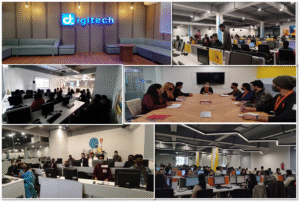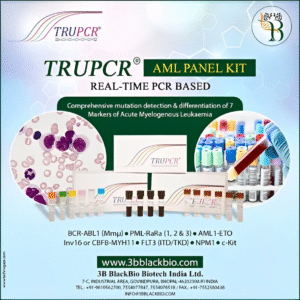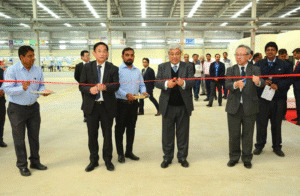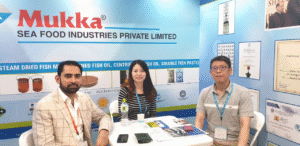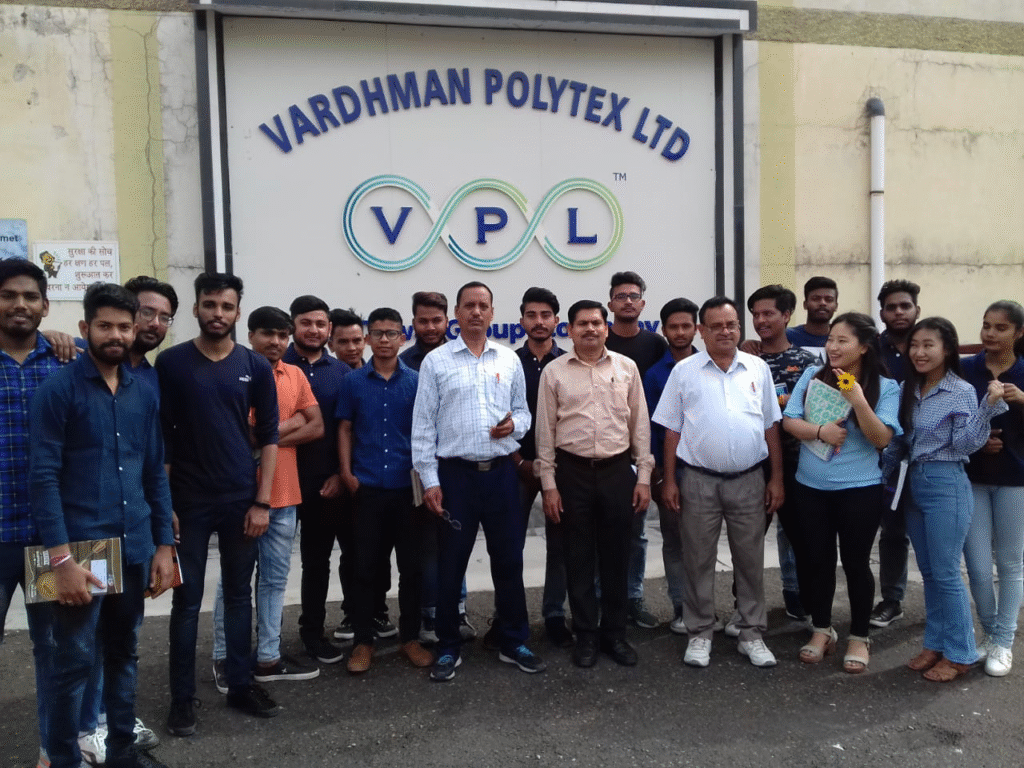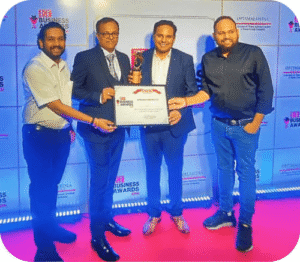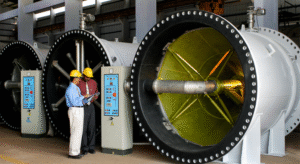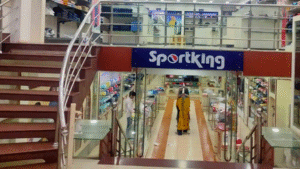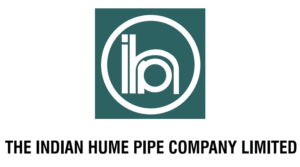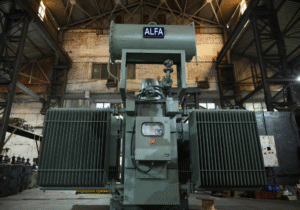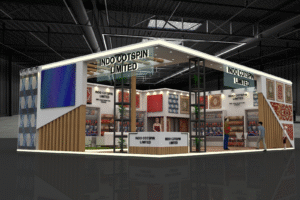1. At a Glance
Once upon a time in Ludhiana, Vardhman Polytex Ltd (VPL) was a proud textile player under the Oswal Group. Today, it’s the guy in the textile baraat who lost his wallet. Sales are down 70% from peak years, banks declared it an NPA, Phoenix ARC came knocking, and promoters pledged nearly 70% of their holdings. And yet, somehow, the stock still has a ₹472 Cr market cap at ₹10/share. Indian stock market = full-time comedy show.
2. Introduction
Textiles in India are like cricket — everyone’s family has played it at some point, but very few make it to IPL. Vardhman Polytex was once part of the legendary Oswal empire, with big mills, big spindles, and bigger ambitions. Incorporated in 1981, the company set up factories in Ludhiana, Bathinda, and Himachal, boasting nearly2 lakh spindles capacity.
But the last decade hasn’t been kind. Sales fell from ₹921 Cr (2014) to just ₹280 Cr (2025). Losses piled up, net worth eroded, and banks dragged them to DRT. The once-proud Vardhman Polytex became a case study in “How to Turn Cotton into Court Cases.”
The real kicker: despite this mess, the company managed aPAT of ₹25.9 Cr in FY25. Of course, a large chunk came from “other income” (₹24.8 Cr) — basically, financial jugaad, not operational brilliance. Still, on paper, profits = market euphoria.
So is VPL a turnaround tale like Alok Industries (where Reliance stepped in), or is it just another “stock operator playground”? Let’s spin the yarn.
3. Business Model (WTF Do They Even Do?)
VPL manufacturescotton and blended yarns. Think of it as the “roti flour” of textiles — low margin, commoditised, but essential.
Product Mix:
- Grey yarn (81%)– basic uncoloured yarn
- Dyed yarn (10%)– for colourful kurtas and dupattas
- Waste sales (8%)– yes, they even sell trash
- Others (1%)– peanuts
Facilities:
- Ludhiana, Bathinda, Nalagarh → 1.95 lakh spindles
- Dyeing unit in Ludhiana → 15 tonnes/day
- Garmenting unit → 7 lakh pieces/year (tiny, considering Zomato delivers more samosas per day)
Problem?
Customer concentration. In FY22,top 5 customers = 87% revenue. If even one client sneezes, VPL catches pneumonia.
4. Financials Overview
| Metric | Latest Qtr (Jun’25) | YoY Qtr (Jun’24) | Prev Qtr (Mar’25) | YoY % | QoQ % |
|---|---|---|---|---|---|
| Revenue (₹ Cr) | 59.5 | 64.0 | 81.2 | -7.0% | -26.7% |
| EBITDA (₹ Cr) | 1.66 | -9.02 | -1.97 | N/A | N/A |
| PAT (₹ Cr) | 0.19 | 0.63 | 0.99 | -69.8% | -80.8% |
| EPS (₹) | 0.00 | 0.02 | 0.02 | — | — |
Annualised EPS ~ ₹0.60CMP ₹10.4 →P/E ~ 18x(cheaper than Trident, but costlier than sense).
Commentary: Quarterly profits are like IPL match results — unpredictable. One quarter it’s +₹24 Cr, next quarter it’s -₹34 Cr.
👉 Question: Would you trust a yarn company whose bottom line depends more on “other income” than actual yarn?
5. Valuation (Fair Value Range)
(a) P/E Method
EPS: ₹0.60, Industry PE ~22xFV = ₹0.60 × 15–22 =₹9 – ₹13
(b) EV/EBITDA
EV ~ ₹521 Cr, EBITDA FY25 ~₹23 Cr → EV/EBITDA ~22xSector average ~10–12x → FV = ₹230–₹280 Cr → per share ~₹5–₹6
(c) DCF (turnaround scenario)
Assume EBITDA grows 15% CAGR, discount 12%DCF FV ~ ₹12–₹15
🎯Fair Value Range: ₹5 – ₹15(Disclaimer: For educational purposes only, not advice.)
6. What’s Cooking – News, Triggers, Drama
- NPA Drama:Accounts declared NPA, Phoenix ARC took control. Phoenix ARC is like a repo man for companies — they show up when you can’t pay EMI.
- OTS (One Time Settlement):Banks like BOI, Indian Bank, PNB, J&K Bank settled. Punjab & Sind Bank also approved. Basically, “bhai,
